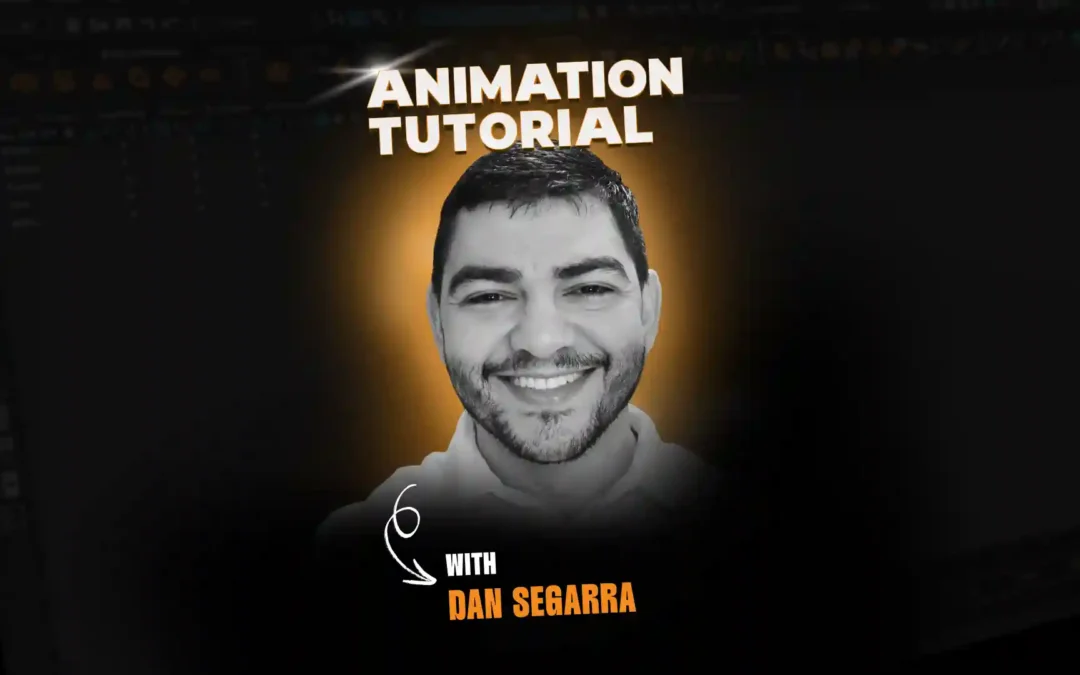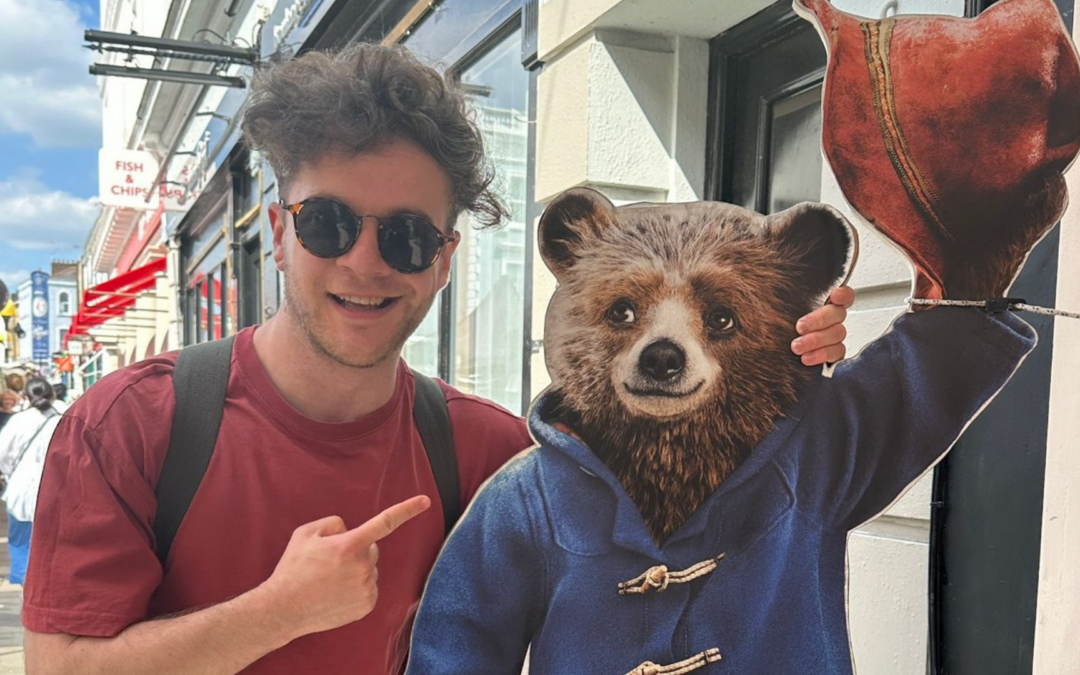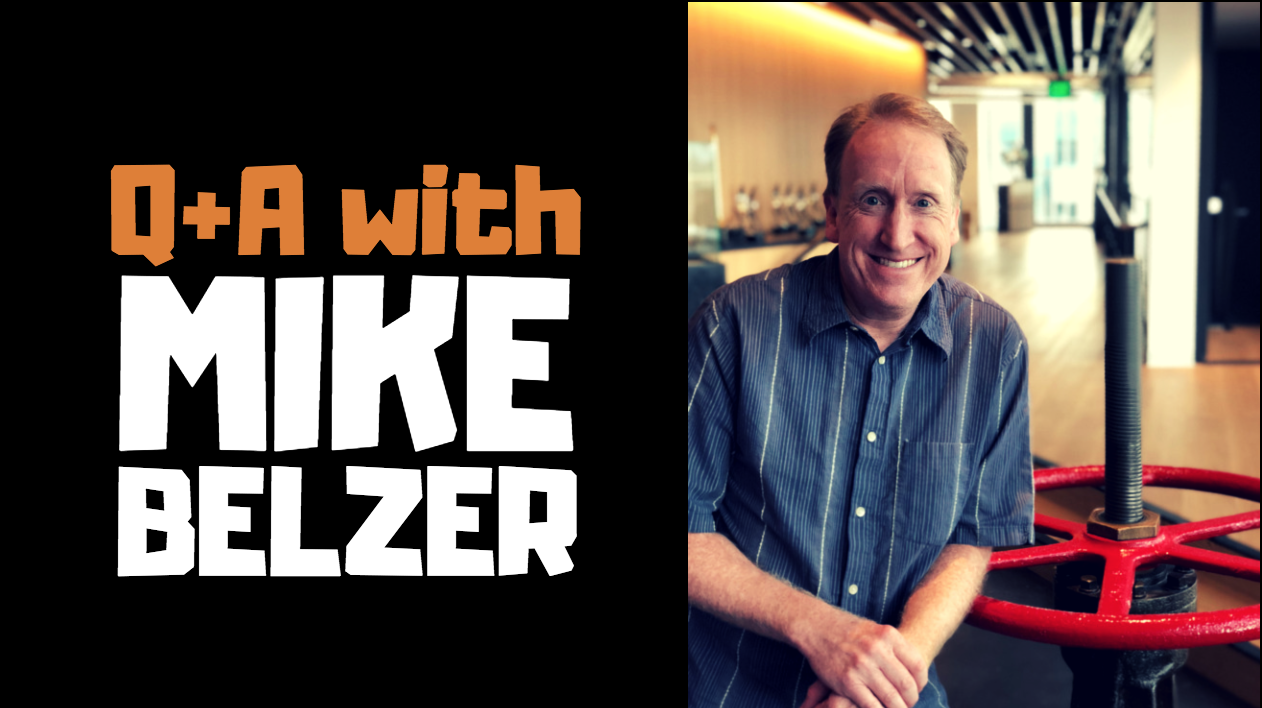
Throughout his 30+ year career, Mike Belzer has worked on feature films, short films, stop motion films, video games and more—and now he’s back at Animation Mentor. We couldn’t be more excited! For those of you who are newer, we thought we’d re-introduce Mike by asking him a few fun questions. Welcome back, Mike!
Animation Mentor: What made you want to become an animator?
Mike: As a kid I loved playing with action figures and using my imagination. I was lucky and had a great art teacher in middle school who introduced me to stop-motion animation, which allowed me to bring my characters and ideas to life. After that, I was hooked!
AM: You’ve worked on feature length 3d animated films, stop motion, video games, and shorts. Tell us a little bit about the different challenges and strategies when approaching these vastly different types of projects.
Mike: All the forms of animation have the same core principles. Much of the difference is time, budget, and style.
For stop motion, it is a beautiful tactile art form that I call the improvisation of animation. Anything can happen during the shot which will make you change things up part way through, so that taught me to be flexible.
Movies are all about telling the story within the frame at the highest level of polish. Cheating is possible because we only see things from one view.
Games are a different animal. Because you as a player can see the animation from all angles, the animator has to be sure the story of the animation is being told well from all views.
Virtual Reality is a different beast entirely. You can see your animation from all angles and it’s right there in front of you just as if you’re talking to the person in front of you. The margin for error is zero because if it looks wrong then the whole “presence” of VR is missing and the viewer has a harder time accepting it.
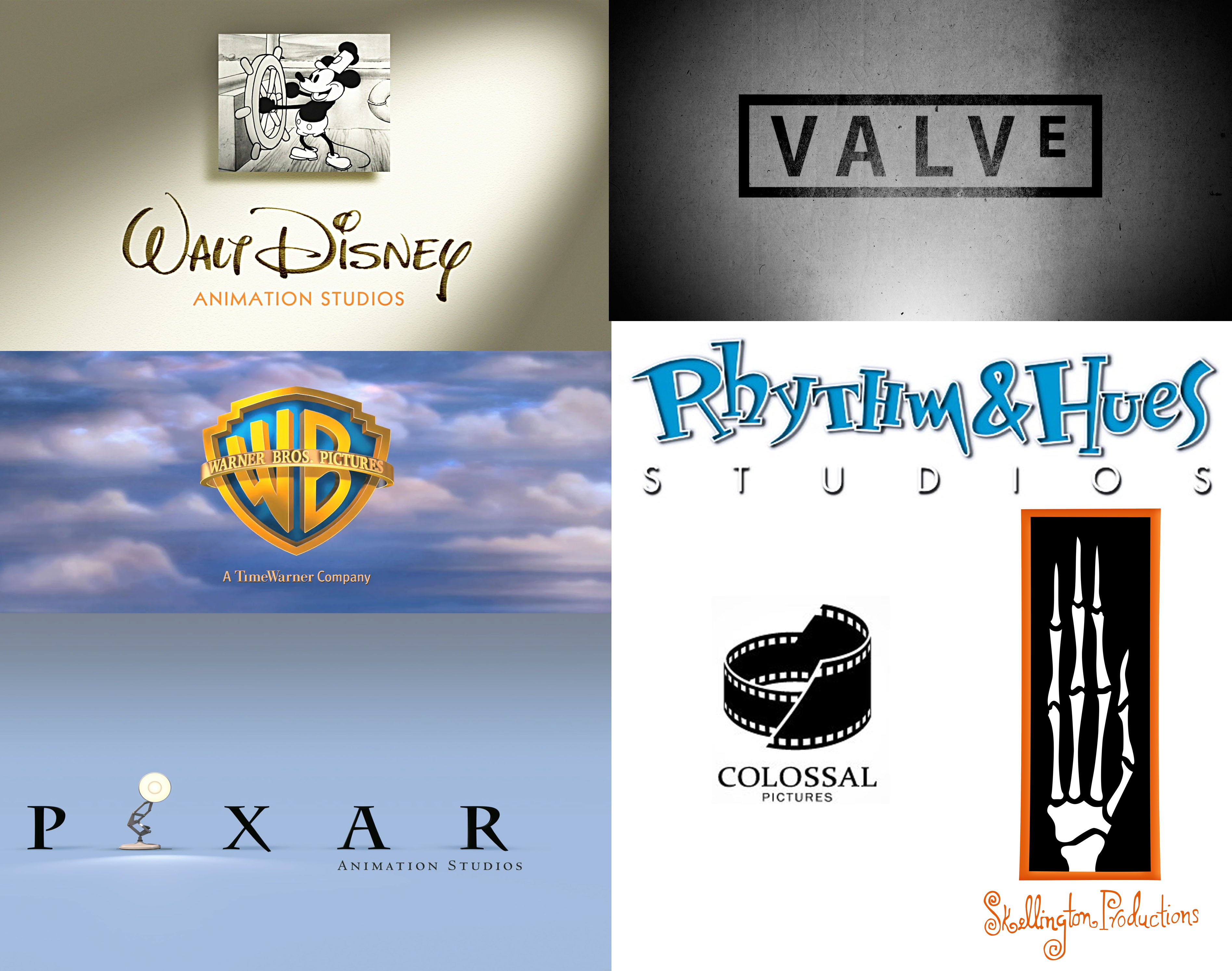
Studios where Mike has worked.
AM: Between 3d feature films, stop motion, and games, which is your favorite and why?
Mike: All! There is no answer to this as they so different, beautiful and fun to create. I truly love all the art forms. Just because you love an oil painting doesn’t mean you can’t love a watercolor painting just as much.
AM: What’s the first thing you do when approaching a new shot?
Mike: It’s imperative to understand the intent. Who is in the shot, why and what is the obstacle or action being overcoming or happening? Without knowing any of that, it’s just something moving on the screen. Something as simple as a pair of hands holding a gun is telling a story. Is it heavy or light? Is the character comfortable with the weapon or is this the first time holding it? How powerful is the weapon when shot? Is it difficult to reload or easy? Understanding what is in front of you is key, and from there you need to plan and act it out before you can animate it.
AM: What’s the most challenging shot you’ve ever animated and how did you approach it?
Mike: I don’t know if it was the “most” challenging shot, but there was one shot on The Nightmare Before Christmas that certainly had its challenges. There was a shot where Oogie Boogie’s skin gets ripped off revealing his body made of bugs. There was a lot going on with that shot. The skin took many man hours to create and by my ripping it off in the blades, I knew I had to get the shot right the first time because making a new one would take a week or longer for the puppet department. That coupled with the climbing up and down a ladder to manipulate the eight-ball that Oogie was standing on, keeping track of the countless bugs on his body as well as Oogie’s body motion…there was a lot to remember. That shot took many days to pull off.
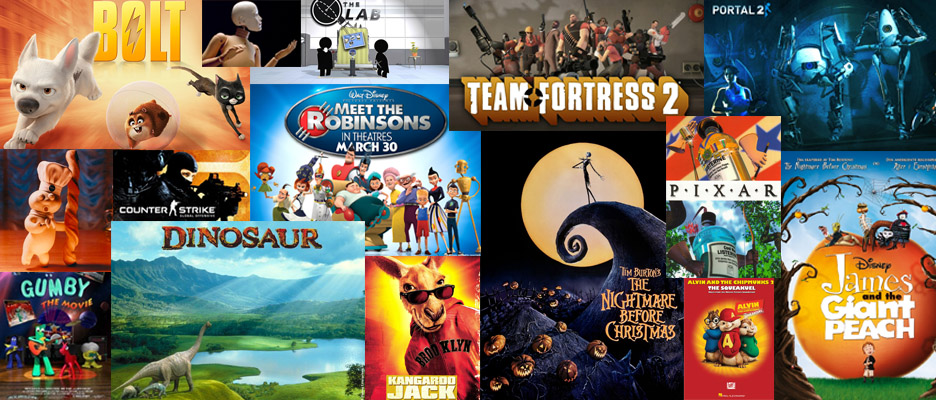
Just some of Mike’s impressive filmography.
AM: What’s your favorite shot or character that you’ve ever animated and why?
Mike: Really?! Which child is my favorite? Unfair question. If I have to give an answer I’ll say a test shot I animated for Art Clokey which landed me my first job in animation on the Gumby TV show in ’87. It may not be my absolute favorite shot, and it certainly isn’t my best work, but without it, my animation career may not have taken off.
AM: If you could offer just one piece of advice to new animators, what would it be?
Mike: Act things out. Too often I see animators just diving in without a plan and not acting it out. It’s easy, make a pose and then another pose 10 frames later and… Oooooo the computer makes it move.
There are certainly times when acting isn’t possible, but getting into the character is key and understanding the physicality and posing which brings a special element to your work. Without that, it is often lacking and looks wrong.
AM: How would you describe your teaching style?
Mike: Honest! We learn by our successes and our failures. Too often in today’s world people are politically correct and everything is “fine”. We never learn if we are not told the truth. I am excited by people who love to learn and push themselves and create good art. I’m kind but honest about work that is not where it needs to be. Especially if I know they are capable of more.
If a student wants to be constantly told how wonderful their work is regardless, this is not the class for them. If they want the truth and to be enthusiastically pushed to the best of their abilities, sign up.
“Success is stumbling from failure to failure with no loss of enthusiasm” -Winston Churchill
AM: What makes you excited to get back into teaching at Animation Mentor?
Mike: I love animation. I’ve been animating professionally for over 30 years now, and if I didn’t love it, I’d have gone insane because we all know how easy it is (sarcasm placed here).
Teaching brings me back to a place of the beginning, finding the love of the art form. It’s rewarding to help students learn and grow, but selfishly, I have fun talking about animation and also feeding off their energy and the excitement of learning this fun craft. It’s something I never tire of.
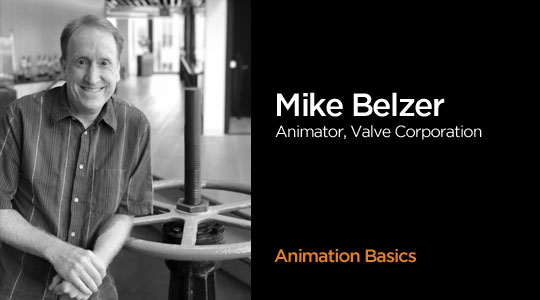
Want to learn from professional animators like Mike?
Start your animation journey by learning with professional animators from a variety of studios and career paths! Get more information about Animation Mentor’s Character Animation Courses.
